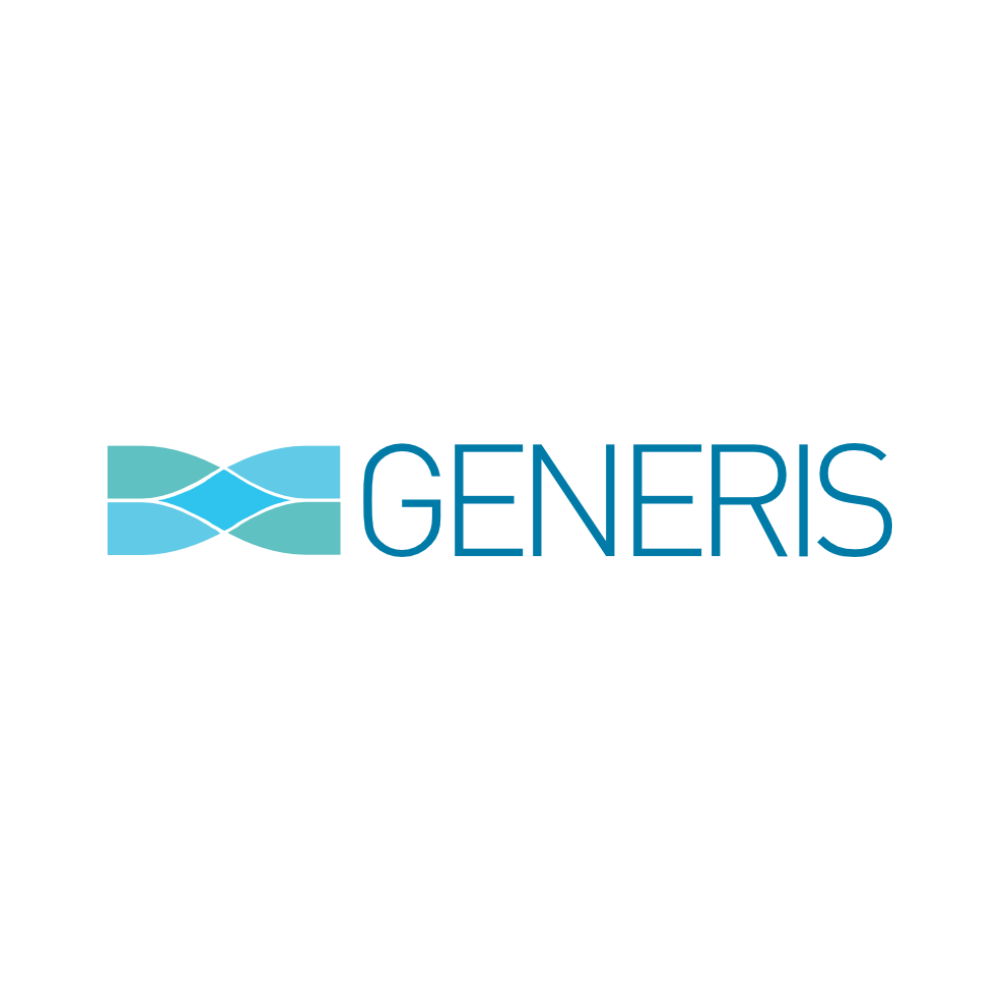This is an excerpt from an interview Generis Group did with Palani Palaniappan, EVP, Innovation & Development at Terumo BCT in advance of the 2017 American Medical Device Summit, where Palani spoke on “The Democratization of Healthcare Technologies”. Read the full interview here.

Palani Palaniappan, EVP, Innovation & Development, Terumo BCT
“Often when we create products for the developed world, we think about value for money: creating value to charge a high premium. In the developing world, we should not be thinking about high premiums. We need to think about value for many: it is a high volume business where prices and profit margins are low. We need to be thrifty in product development and innovate within these constraints.
Constraints feed creativity. In developing markets we are challenged to ensure we create an affordable product. But developed markets also face price constraints—more and more so. Western markets are becoming saturated. Affordability and accessibility of healthcare is a challenge worldwide in every market. We’ve heard this many times now—it’s become the common sentiment of the populist way of thinking: “Healthcare is too expensive. Drug prices are being controlled. Device prices are being controlled.” And it’s true! Against the backdrop of people living longer and population growth, it is not sustainable to continue serving developed markets with high-premium products.
In India and several other emerging economies, there is extreme price control on medical devices, those classified as “essential medical devices.” For instance, the cost of a stent has been forced down by 70% of the list price. Same for technologies like hip replacements; price controls have forced the list price to drop by 70%. So if you have modeled your business on that kind of a premium, it is not sustainable.
Furthermore, there are benefits to innovating within these kinds of constraints. An inexpensive product developed for a cash-strapped market may also be perfect for developed markets. As an example, GE created a low-cost, portable electrocardiogram device to serve the needs of tribal populations. This device was made for about $300, as compared to a similarly functioning device used in centralized labs in the U.S. that costs about $30,000. GE then launched essentially the same product in the U.S., where it turned out to be pretty handy for use in ambulances and more decentralized healthcare facilities. This is called reverse innovation and it can present huge growth opportunities for companies.”
Palani Palaniappan will join us again at the 2018 American Medical Device Summit, where he will speak about “The Design Innovation Behind Healthcare Technologies”. To watch presentations from last year, view the full program and list of attendees, request access to our site.
%20(1).png?width=773&height=112&name=Generis%20Logo%20full%20Colour%20(Large)%20(1).png)


-Nov-13-2025-01-18-02-9699-PM.png)
-2.png)